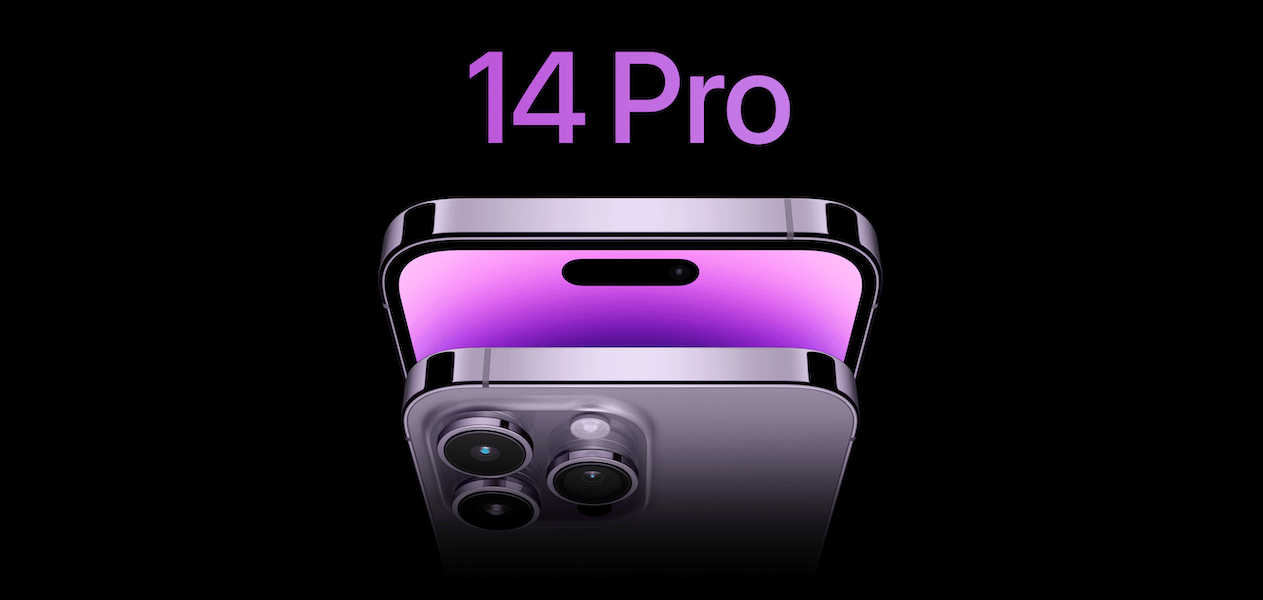The new iPhone 14 Pro is powered by an advanced A16 Bionic chip for faster performance and better power efficiency. And for 5G connectivity, the latest Pro lineup features Qualcomm’s new Snapdragon X65 modem.
SpeedSmart ran a comparative 5G speed test between iPhone 14 Pro and iPhone 13 Pro models and found that the new Pro lineup delivers up to 38% faster 5G speeds on carriers in the United States. iPhone Pro models in the U.S. only support higher mmWave 5G network.

In addition to faster 5G speeds, iPhone 14 Pro lineup has lower latency
The test was run on 5G speeds of two major carriers in the United States, T-Mobile and Verison. The results revealed that the new Pro models deliver 38% faster 5G speeds on T-Mobile and 32% faster 5G speeds on Verizon.
T-Mobile 5G speeds
- iPhone 14 Pro (Download ): 255.91 Mbps
- iPhone 14 Pro (Upload): 28.25 Mbps
- iPhone 13 Pro (Download): 173.81 Mbps
- iPhone 13 Pro (Upload ): 22.51 Mbps
Verizon 5G speeds
- iPhone 14 Pro (Download): 175.56 Mbps
- iPhone 14 Pro (Upload): 27.28 Mbps
- iPhone 13 Pro (Download): 126.33 Mbps
- iPhone 13 Pro (Upload): 21.64 Mbps

The test also found that the average latency of the new Pro models is lower which means it takes them less time to communicate with servers to enhance users’ browsing, live streaming, and online gaming experiences. Speedsmart wrote:
The speed difference is a much more significant jump than we were expecting. An average download speed of 255 Mbps over 5G is very impressive
Not only did 5G Download & Upload speeds improve. Latency (Ping Time) averages have also dropped. This helps to make your phone feel faster as you are browsing the web.

As the iPhone 14 and iPhone 14 Plus models also feature Qualcomm’s new Snapdragon X65 modem, we can expect improved 5G speeds across the latest series. Apple wrote:
iPhone offers users super-fast downloads and uploads, better streaming, and real-time connectivity with 5G to help them stay in touch, share, and enjoy content. Support for 5G on iPhone now extends to over 250 carrier partners in over 70 markets around the world, with expanded support for standalone networks.
Read More: